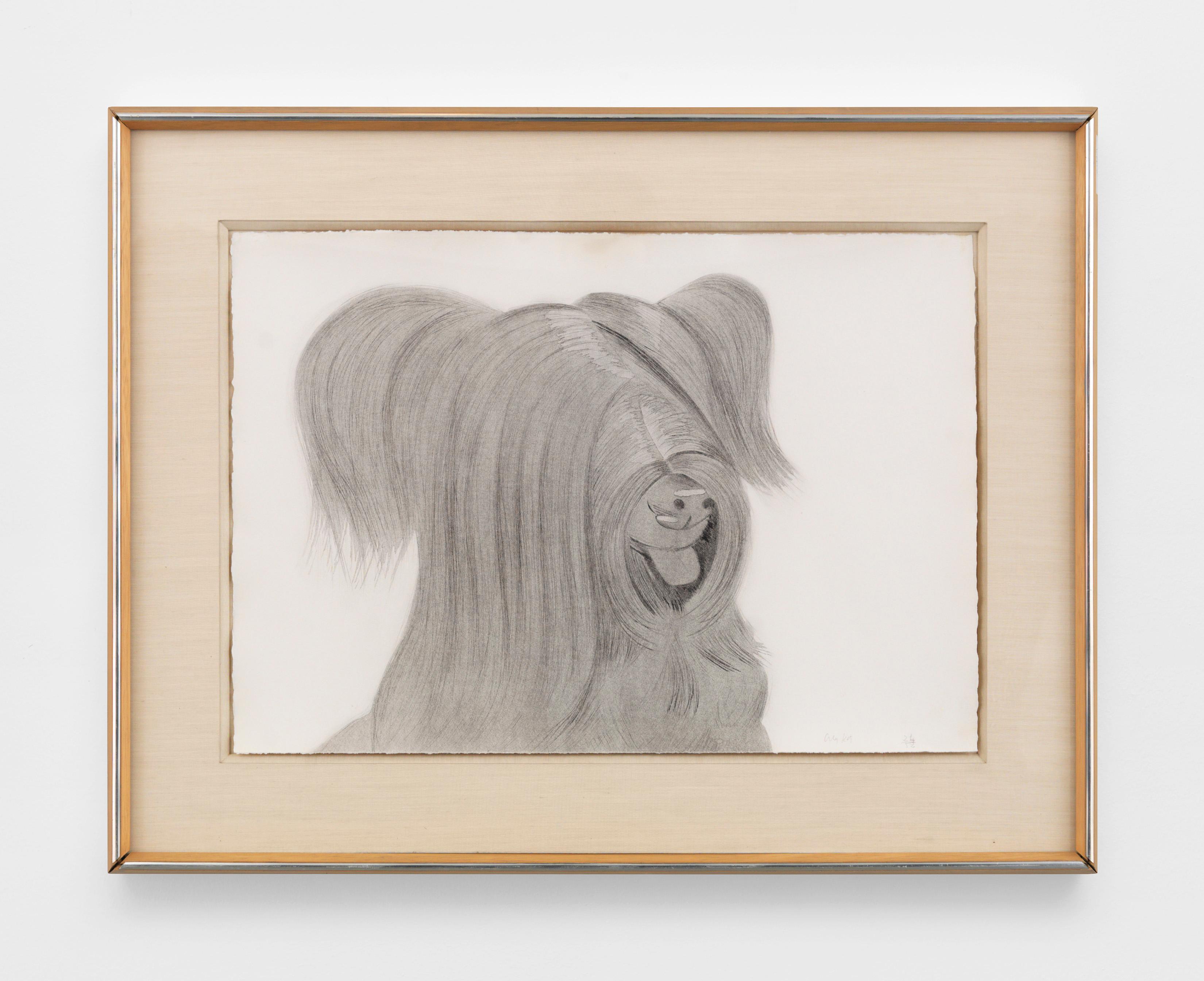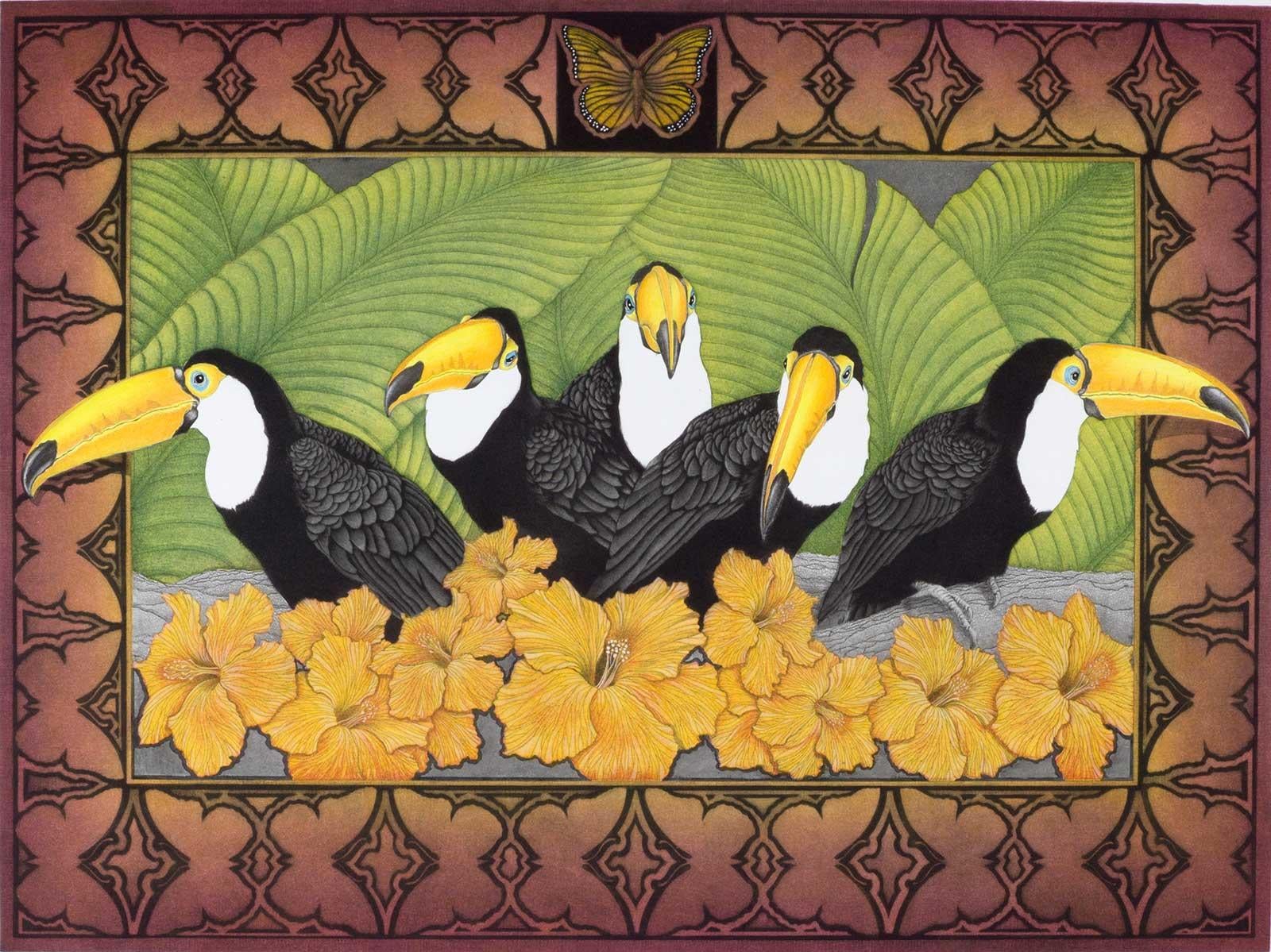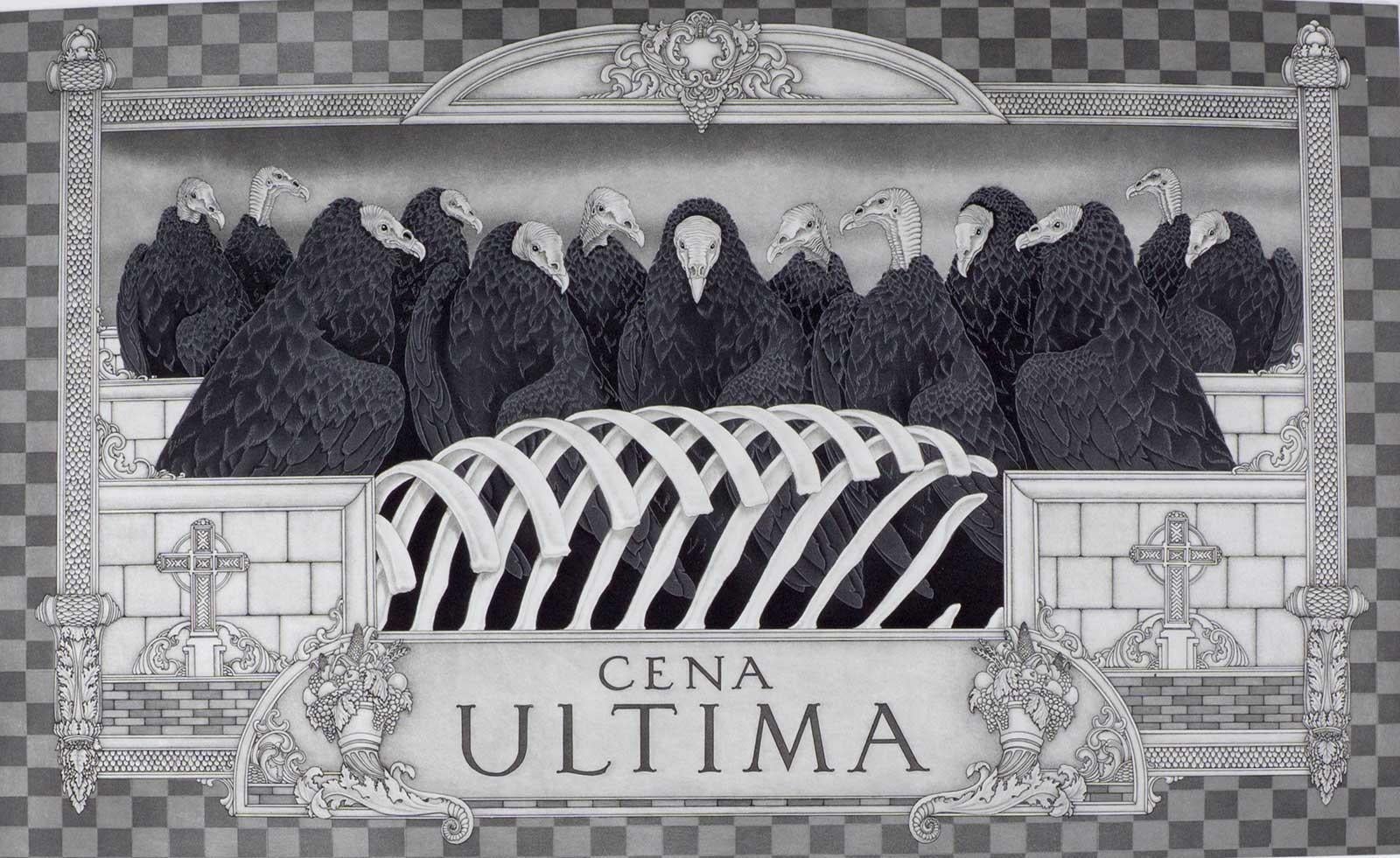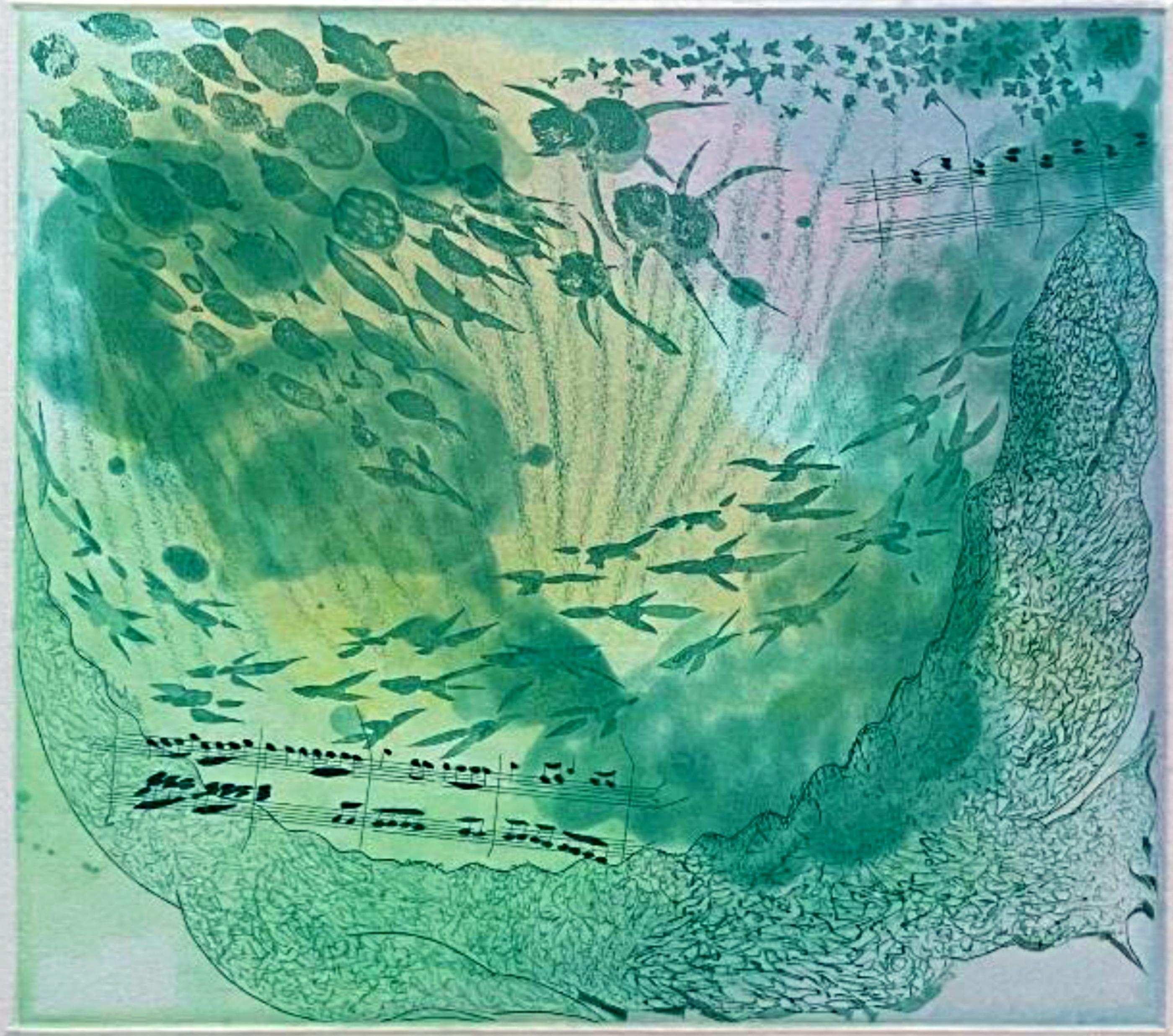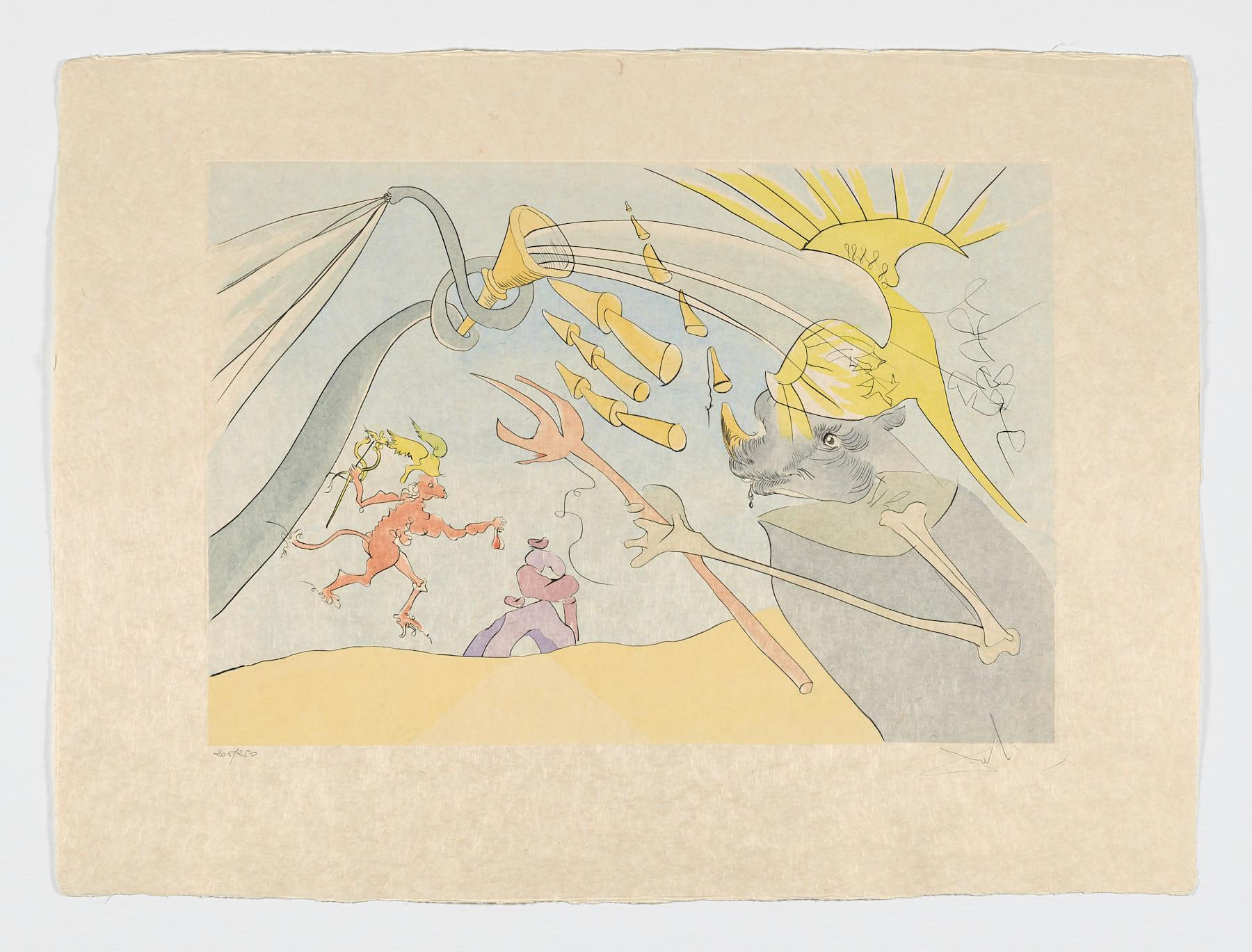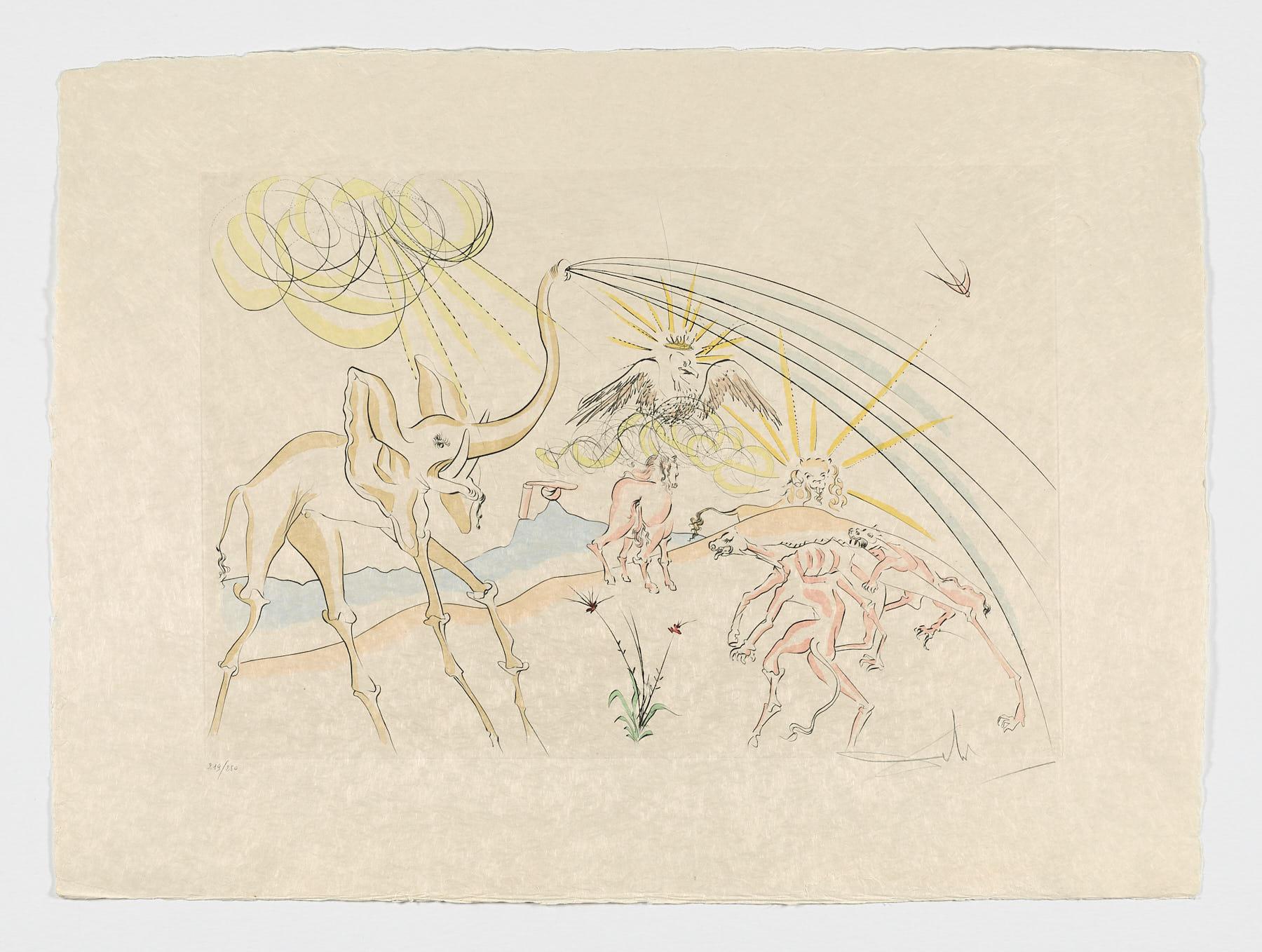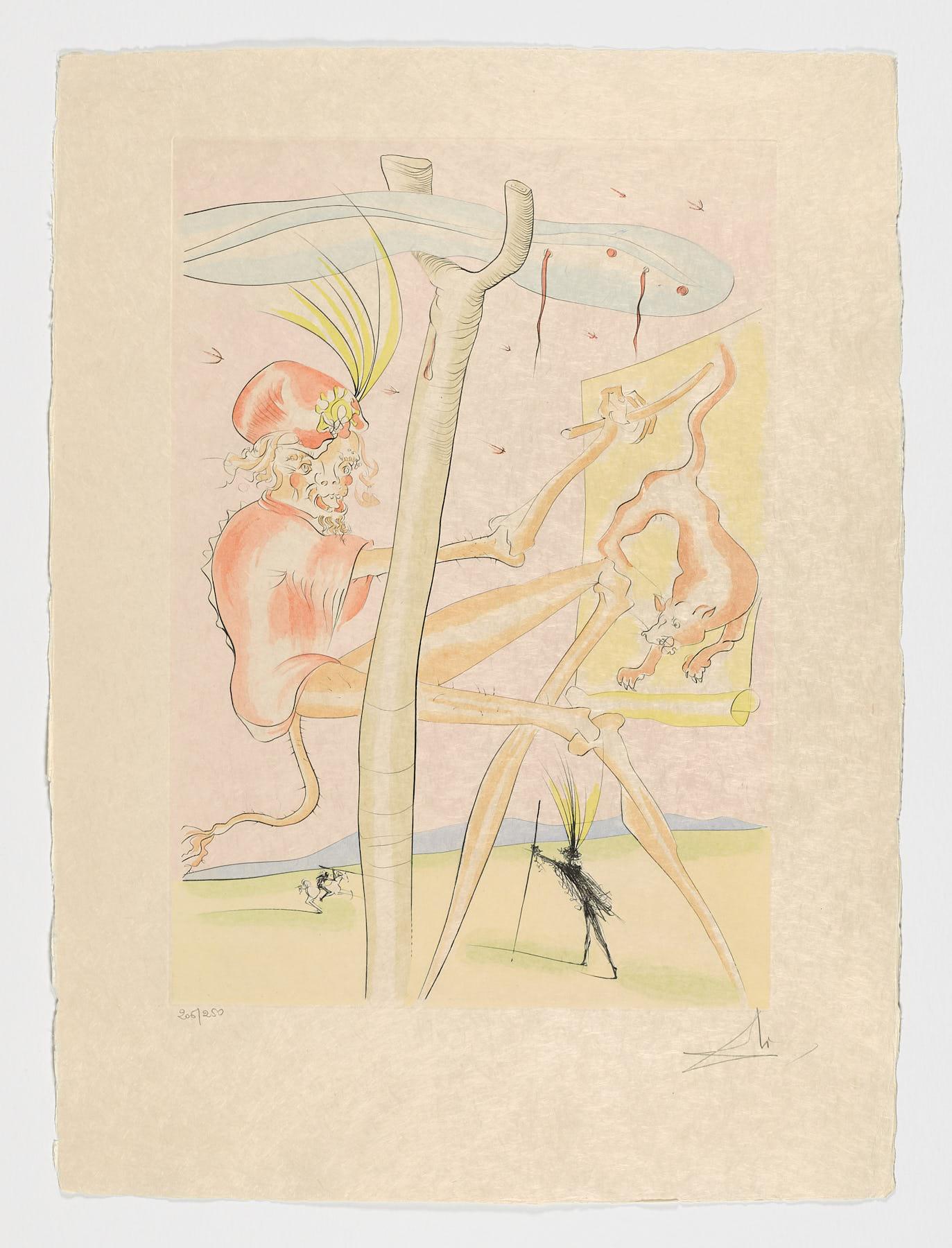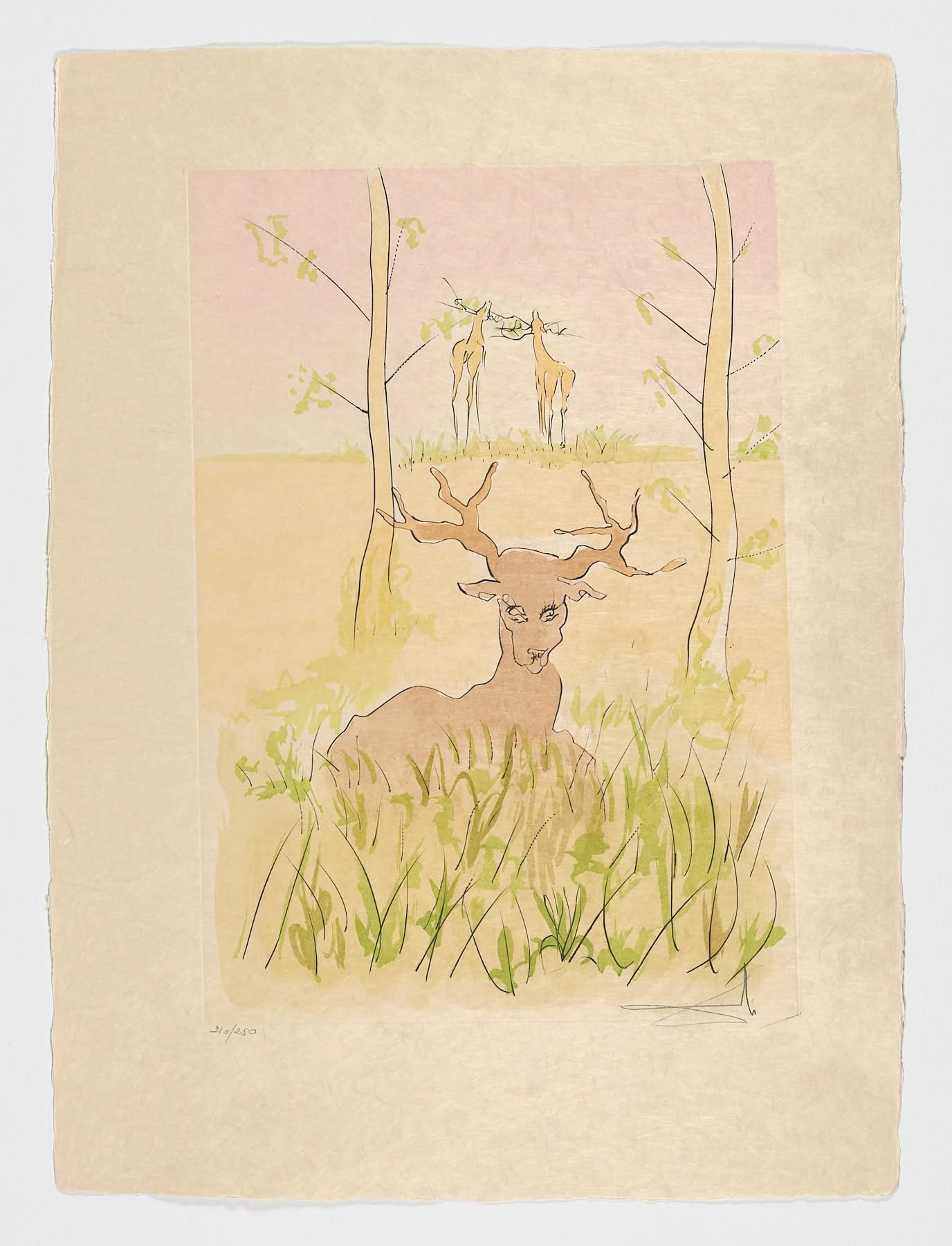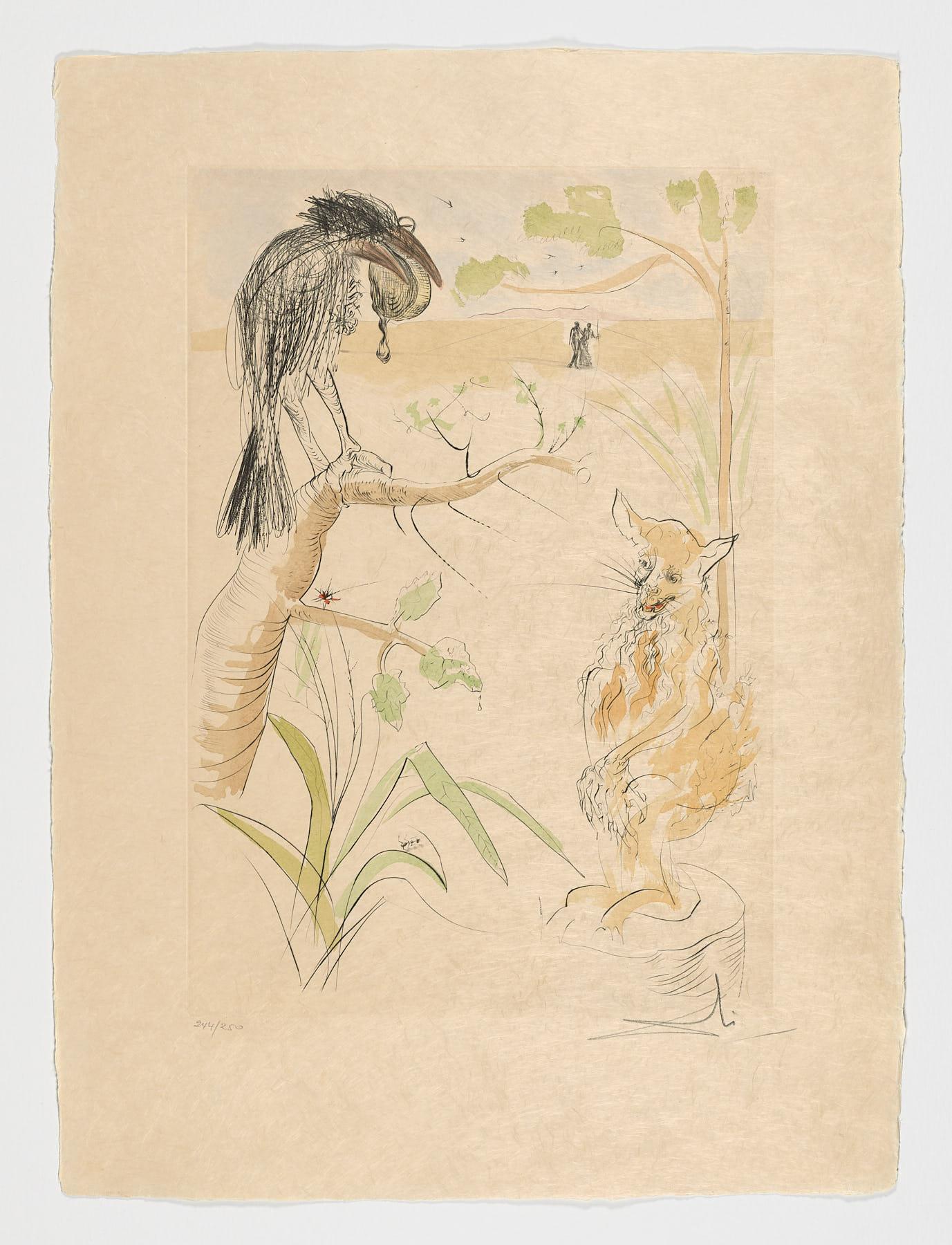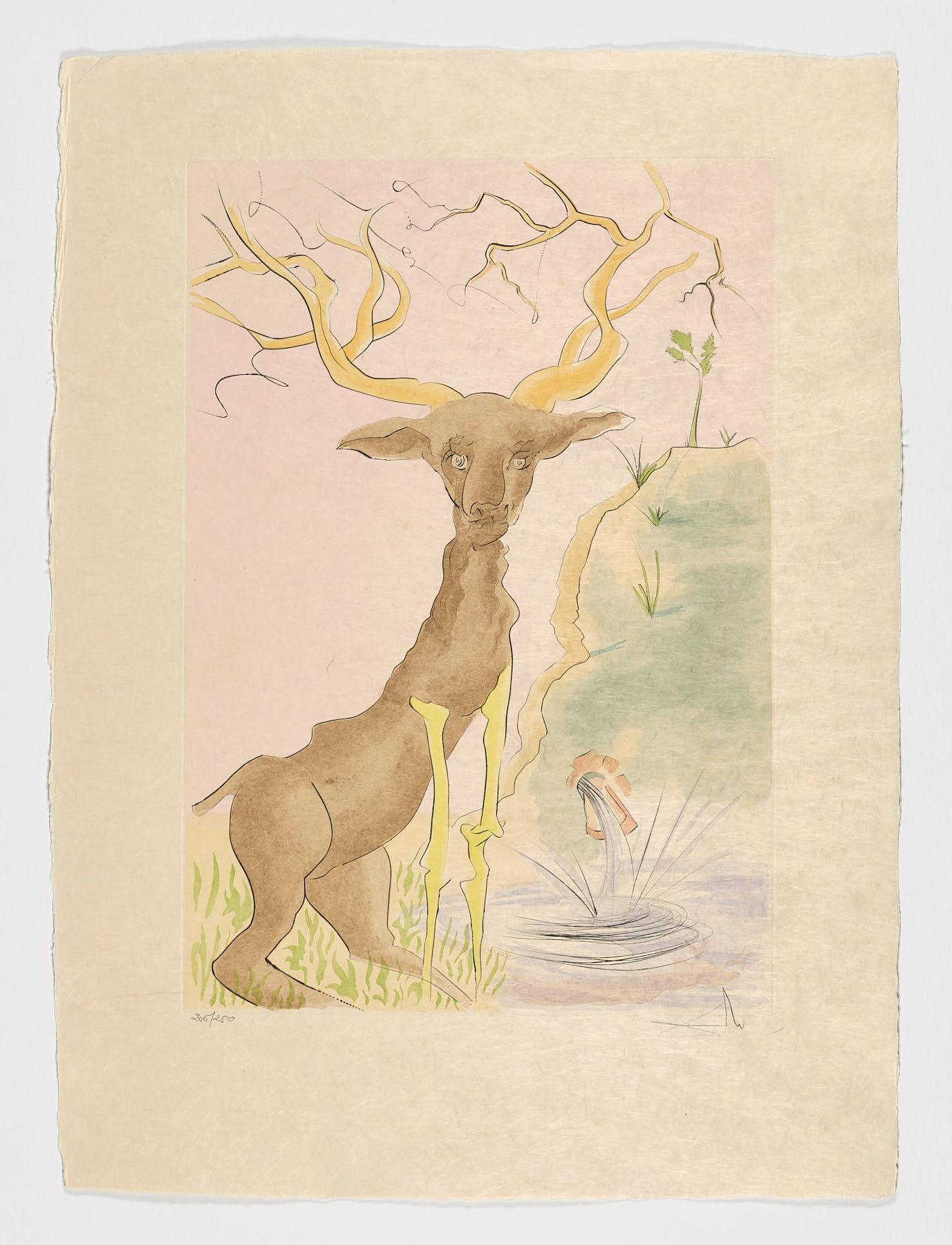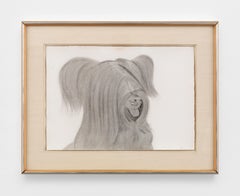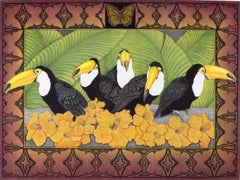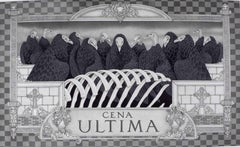
Nocturne II
View Similar Items
1 of 4
Joe AndoeNocturne II2001
2001
About the Item
- Creator:Joe Andoe (1955 -, American)
- Creation Year:2001
- Dimensions:Height: 21 in (53.34 cm)Width: 23.5 in (59.69 cm)
- Medium:
- Movement & Style:
- Period:
- Condition:
- Gallery Location:New York, NY
- Reference Number:Seller: 022-018-0021stDibs: LU48631337793
You May Also Like
- SunnyBy Alex KatzLocated in New York, NYAlex Katz Sunny, 1974 aquatint and drypoint, edition of 52 15 x 22 3/8 in. (38.1 x 56.8 cm)Category
1970s Contemporary Animal Prints
MaterialsAquatint, Drypoint
Price Upon Request - Rainforest Tapestry(colorful image of birds, ferns and flowers found in tropics)By Sharon Augusta MitchellLocated in New Orleans, LASharon Augusta Mitchell created this vividly colored image of five toucans with bright yellow bills set against a background of green tropical ferns and bright orange flowers. The im...Category
Late 20th Century Contemporary Animal Prints
MaterialsDrypoint, Mezzotint, Aquatint
- Cena Ultima (Guinea Vultures stand for apostles in this version of Last Supper)By Sharon Augusta MitchellLocated in New Orleans, LASharon Augusta Mitchell created "Cena Ultima" as if guinea vultures were the apostles in a "last supper" pose arrayed around a carcass in an edition of 100. This is impression #9 fr...Category
1990s Contemporary Animal Prints
MaterialsDrypoint, Etching, Aquatint
- Le SingeBy Pablo PicassoLocated in New York, NYA very good impression of this aquatint, grattoir and drypoint. Edition of 225. Printed by Lacourière, Paris. Published by Martin Fabiani, Paris. From "Histoire Naturelle." Catalogu...Category
1930s Modern Abstract Prints
MaterialsDrypoint, Aquatint, Etching
- Finale, from Carnival of Animals (Tyler Graphics, 119:SB31), mixed media FramedBy Stanley BoxerLocated in New York, NYStanley Boxer Finale, from Carnival of Animals (Tyler Graphics, 119:SB31), 1979 Etching, aquatint, engraving and drypoint on hand colored TGL handmade paper Edition 16/20 Pencil sign...Category
1970s Abstract Expressionist Abstract Prints
MaterialsEngraving, Drypoint, Etching, Aquatint, Mixed Media, Pencil, Graphite
- Spanish Artist hand signed limited edition original art print drypoint n7By Salvador DalíLocated in Miami, FLSalvador Dali (Spain, 1904-1989) 'La Cour du Lion', 1974 Serie: Le Bestiaire de La Fontaine dry point, aquatint on japanese paper 30.6 x 22.7 in. (77.5 x 57.5 cm.) Edition of 250 Unframed ID: DAL2001-007 Hand-signed by author It appears reviewed in the catalog raisonné: The official catalog of the graphic works of Salvador Dalí. Albert Field. Page: 2/93. Nr. 74-1 J. ______________________________________________________ Salvador Felipe Jacinto Dalí i Domènech was a Spanish painter, sculptor, engraver, set designer and writer of the 20th century. An artist associated with surrealism, he is one of the most important figures in 20th century art, representing the archetype of the spectacular contemporary multifaceted artist. He develops his creative activity in various fields through the most diverse cultural formulas: painting, written media, performing arts, cinema, or public appearances in the press, radio, cinema, advertising, television, etc. Master of the most refined pictorial technique, especially drawing, along with various aesthetic languages - from impressionism, cubism, purism or late ultraism with Dadaist edges to the most radical surrealism, hyperrealism, pop-art or art optical—, will absorb every influence that is useful to build its own and personal language, halfway between technical tradition and thematic avant-garde. His paranoid-critical method is his main contribution to the surrealist movement and to the history of art as a new creative model with which Dalí's theories acquire theoretical entity - thanks to the successive interpretations that the Empordà artist made of his readings of Dalí's work. Sigmund Freud—and practice, applying it as a revealing liquid of images that can be represented plastically through multiple images, anamorphisms, relational mirages, irrational and heterogeneous symbolic images, pseudohallucinations, childhood memories, atavisms, obsessive ideas, etc., and recreating a polyphonic method capable of critically relating any visual or sensitive experience. With his method, Dalí makes paranoid delirium a whole mode of expression of an art that introduces us to the concrete irrationality that inhabits every creative process, constructing not only his works, but also his own character. as an artist. In Dalí, the relationship between his work and his personal history becomes evident. Much of the most significant biographical facts for the artist are implicitly or explicitly present in the content of his work and are the explanation of his complex and contradictory personality. In 1910, at the age of 6, he was enrolled by his father in the Hispano-French school of the Immaculate Conception of Figueres, where he learned French, his future language of culture. Dalí's first contact with Impressionism occurred in 1916, when he spent some time on the outskirts of Figueres, specifically at the Molí de la Torre estate, property of the Pichot family (intellectuals and artists), where he was the collection of the painter Ramón Pichot. In 1919 he participated for the first time in a group exhibition in the halls of the Societat de Concerts, and with a group of friends from the institute founded the magazine Studium, in which he published his first writings. A year later he moved to Madrid to study at the School of Fine Arts. In 1922 he won his first prize at the Concurs-exposició d'obres d'art originals d'students, held at the Galeries Dalmau (Barcelona). This same year he attended the School of Painting, Sculpture and Engraving in Madrid (Royal Academy of Fine Arts of San Fernando), and lived in the Student Residence, where he became friends with prominent personalities such as Luis Buñuel, Federico García Lorca, Pedro Garfias , Eugenio Montes, or Pepín Bello. However, a year later he was expelled from the Academy for his rebellious and revolutionary character, accused of leading a protest. It would be in 1927 when his surrealist period began, after having traveled to the Netherlands and France, meeting Flemish painters and Picasso. In Paris itself, in 1929, through Joan Miró, he came into contact with a group of surrealists headed...Category
1970s Surrealist Prints and Multiples
MaterialsDrypoint, Paper, Aquatint
